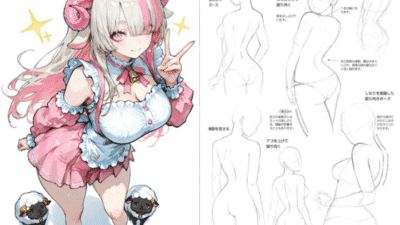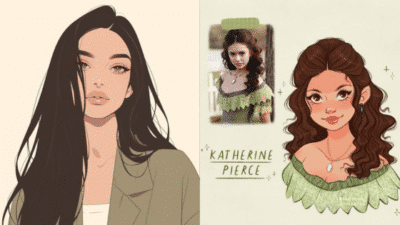Drawing realistic lips can seem tricky at first, but with the right steps, anyone can learn to capture their shape and texture. Understanding the basic structure and using simple shapes as a foundation makes the process easier. The key is to start with a clear outline, then use shading to add depth and highlights to bring the lips to life.
Lips have unique curves and shadows that give them volume and expression, so paying attention to light and shadow helps make them look natural. Using soft pencils and blending techniques lets an artist create smooth transitions and fine details like wrinkles and highlights.
This guide breaks down the process into easy steps anyone can follow. Whether someone is a beginner or just wants to improve, these tips and tricks will help make drawing lips less stressful and more fun.
Understanding Lip Anatomy
Lips have unique shapes and details that affect how they look when drawn. Knowing their main parts, common shapes, and how light interacts with them helps artists create more realistic lips.
Major Features of the Lips

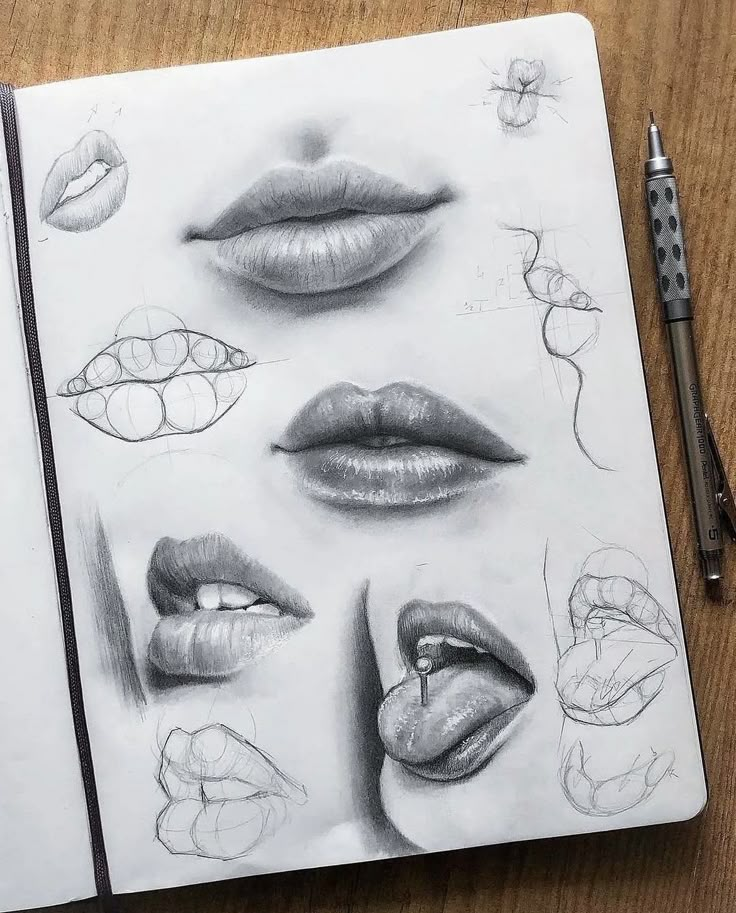
Lips have two main parts: the upper lip and the lower lip. The upper lip is usually thinner and has a “cupid’s bow” at the center. The lower lip is fuller and rounder.
The corners of the mouth are where the lips meet the skin of the face. This area often shows slight shadows or creases.
Beneath the skin, the orbicularis oris muscle controls lip movement. This muscle shapes the lips and creates subtle curves and folds that add realism.
Common Lip Shapes

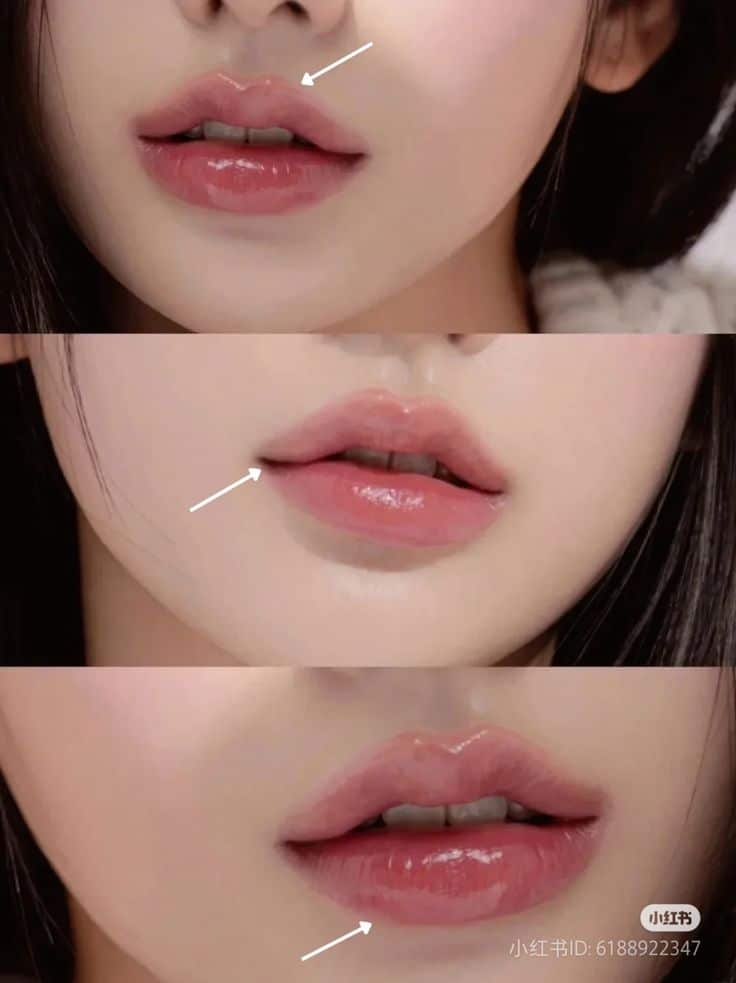
Lips come in many different shapes. Some have a sharp cupid’s bow, while others have a softer curve. The lower lip can be very full or more flat.
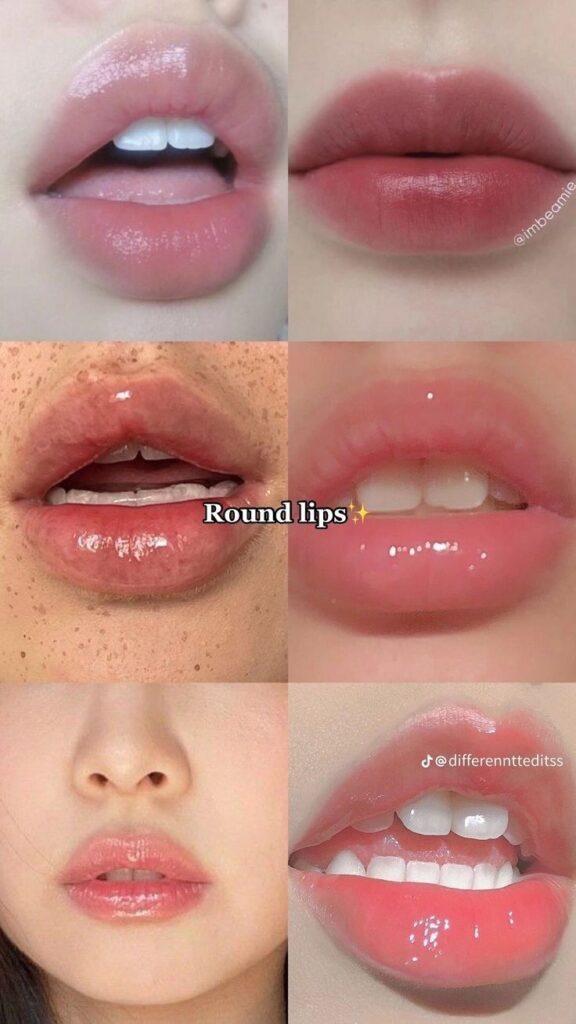
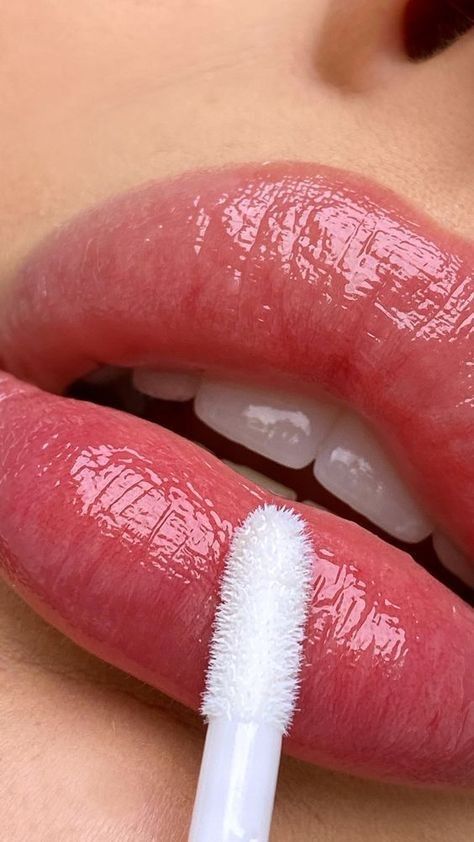
Artists should remember that lips are symmetrical but not perfectly identical on both sides.
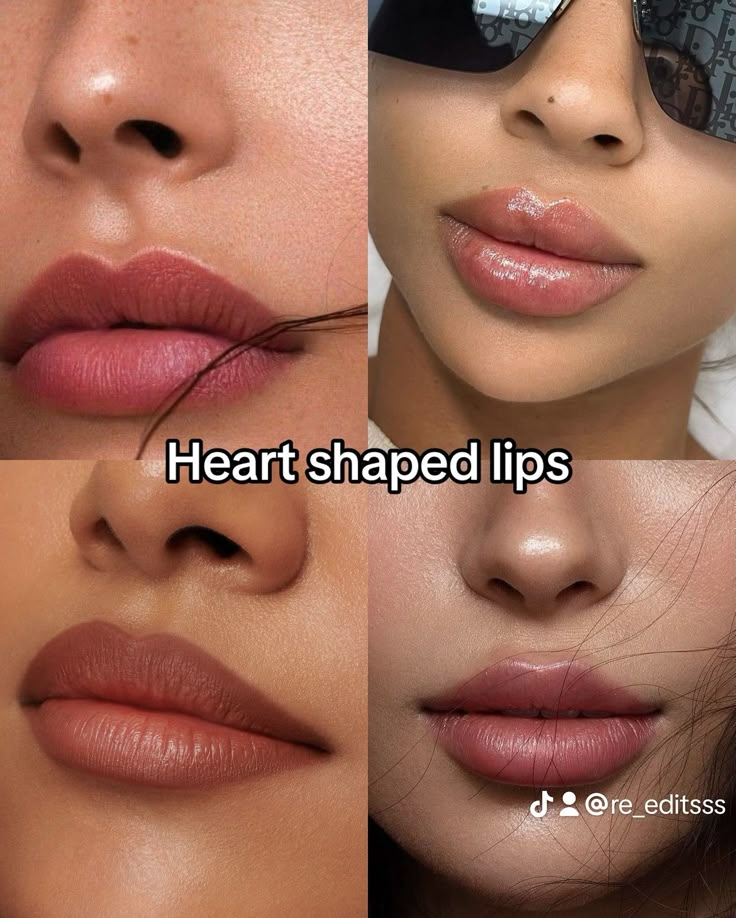
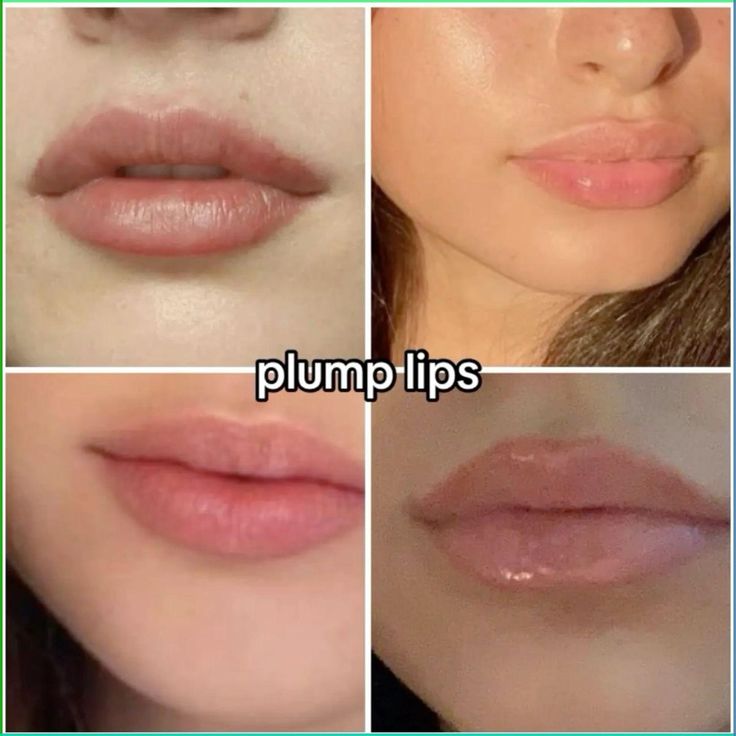
The shape also changes with expression. Relaxed lips look different from smiling or pursed lips.
How Light Affects Lips


Lips have smooth textures that catch light in specific ways. Light usually hits the rounded parts of the lips, creating shine spots.
Shadows form where the lips curve inward or meet the skin, especially under the lower lip.
The middle of the upper lip often has a shadow under the cupid’s bow. Artists use these light and shadow contrasts to show volume and depth.
Reflections on lips give a slight wet or glossy look, which helps make them look more lifelike.
Essential Tools and Materials
Drawing realistic lips well depends a lot on having the right tools and materials. Selecting proper pencils, paper, and blending supplies helps artists create smooth shading, accurate detail, and natural texture.
Choosing the Right Pencils
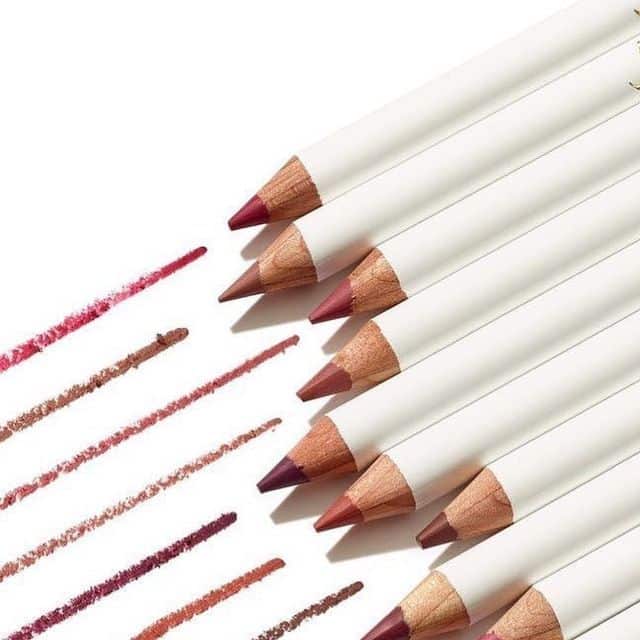
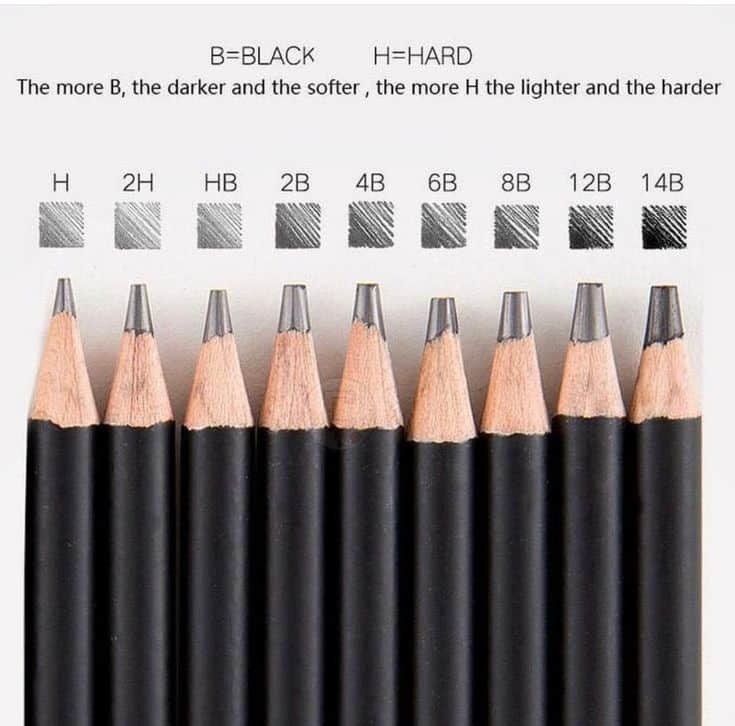
Artists should use a range of pencil grades to achieve realistic lips. Hard pencils like H or 2H are good for light outlines and fine lines without smudging. Softer pencils, such as B, 2B, and 4B, work well for shading and adding depth.
Using a set from H to 6B offers enough variety to sketch the lips’ shape lightly at first and then build shadows gradually. Softer pencils create darker tones and blend easily, so they are crucial for capturing the lips’ curves and shadows.
It’s important to sharpen pencils well. A fine point helps with details like the lip edges and small creases.
Best Paper Types for Realism
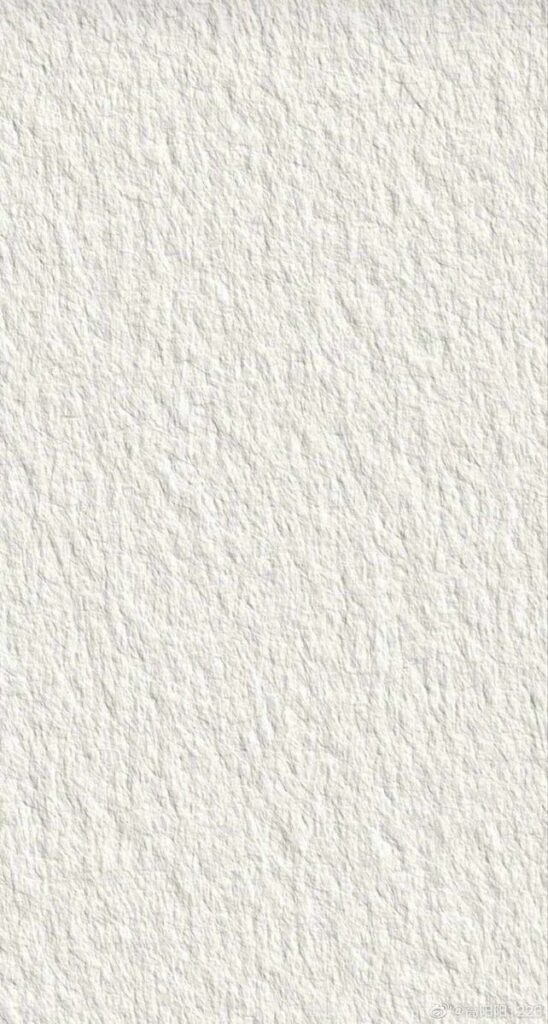

Choosing smooth paper with some texture is ideal for drawing realistic lips. Papers with a slight tooth, such as drawing or bristol paper, hold graphite well and allow for detailed shading.
Smooth surfaces help when blending but may not hold multiple layers of graphite as well as lightly textured paper. Heavier paper (around 80-100 lb or 120-150 gsm) prevents warping when blending or erasing.
Avoid very rough paper, as it can create unwanted bumps and make it hard to draw fine details. Good paper balances smoothness and enough grit to capture pencil marks clearly.
Blending Tools and Techniques
Blending is key for smooth, lifelike lips. Artists often use tools like blending stumps, tortillons, or soft tissues to soften pencil marks and create gradual transitions.
Blending stumps are great for small areas and controlled blending. Soft tissues or brushes cover larger areas smoothly without removing too much graphite.
Blending should be gentle to keep the texture of the lips intact. Over-blending can flatten the drawing, making it look less realistic.
Using a kneaded eraser allows for lifting graphite in small areas to highlight shine or details on the lips, enhancing the three-dimensional look.
Step-by-Step Guide to Drawing Realistic Lips
Drawing realistic lips begins with establishing basic shapes to guide the overall form. Next, important details define the edges and curves. Applying careful shading builds volume and depth, while texture and highlights finish the look by adding life and realism.
Sketching the Basic Outline
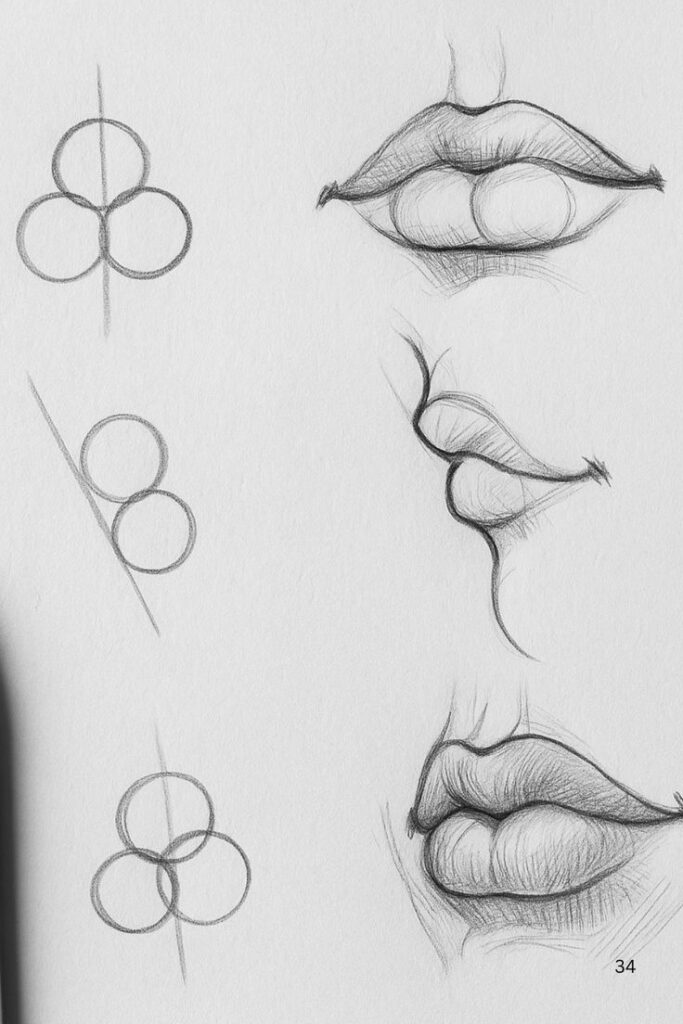

Start with a light pencil to create simple shapes. Many artists use a horizontal oval or an ellipse as the foundation for lips. Inside this shape, they mark a light line where the lips part. This line often curves slightly, like a soft “M” or a gentle wave.
Next, sketch a triangle or diamond shape to help shape the upper lip’s peaks and the lower lip’s fullness. Keep the lines soft and adjustable at this stage. It helps to pay attention to the lip’s width compared to the face and the position of the Cupid’s bow (the center line on the upper lip). Using these shapes reduces mistakes later.
Defining Lip Contours
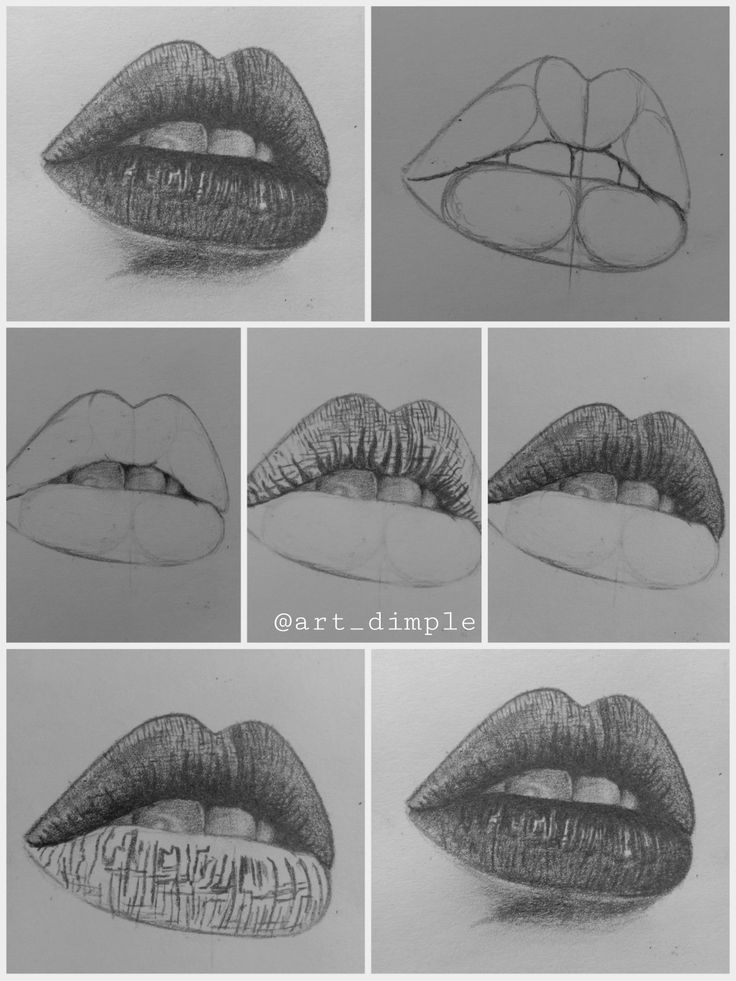
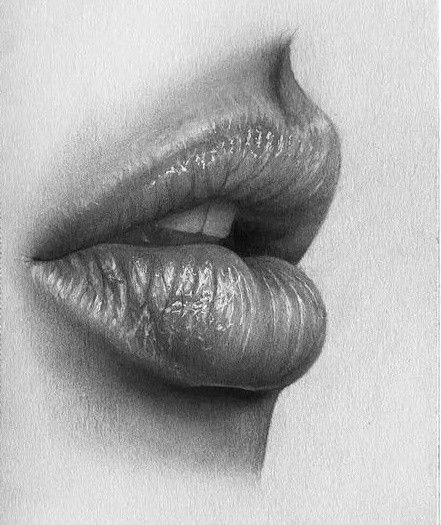
Once the outline looks right, the next step is to refine the lip edges. The upper lip usually has sharper, more defined curves, especially at the peaks of the Cupid’s bow. The lower lip tends to be rounder and fuller. Using a softer pencil or light pressure, trace these contours carefully.
Focus on the middle where the lips meet. This area can be shaded lightly to show the separation. Draw faint lines to indicate the natural creases and folds of the lips. Avoid hard or straight lines; lips have gentle curves and subtle changes in shape that need smooth transitions.
Shading and Building Depth
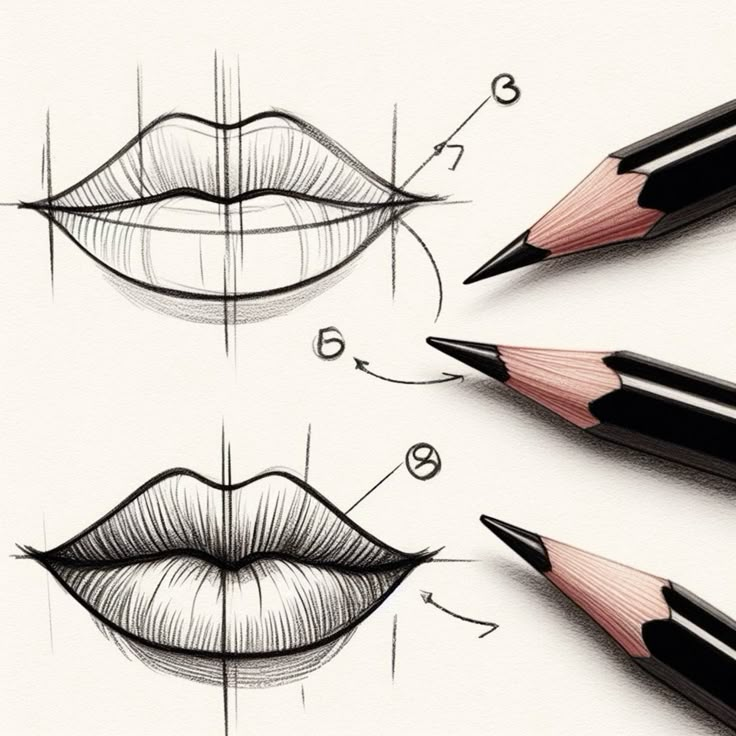
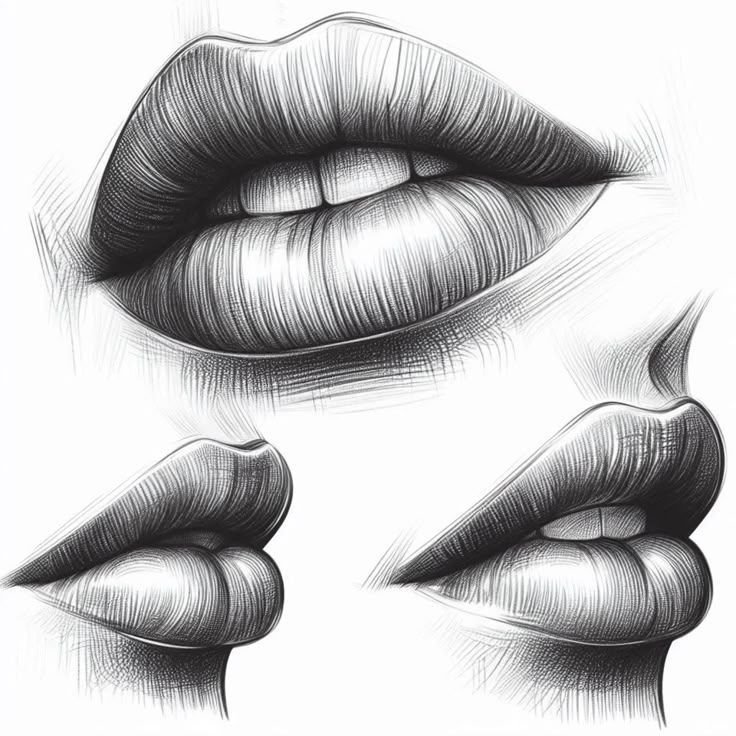
Shading gives the lips volume and realism. Start by identifying light sources and shade the areas away from the light. The upper lip is often darker because it faces downward, while the lower lip reflects more light and appears brighter.
Use gradual, soft strokes to build up shadow on the edges and corners. Layer the shading using different pencil grades if possible (like HB for light tones, 2B or 4B for darker). Apply shading in the direction of the lip’s curves. This helps to enhance the natural roundness and plumpness.
Adding Texture and Highlights

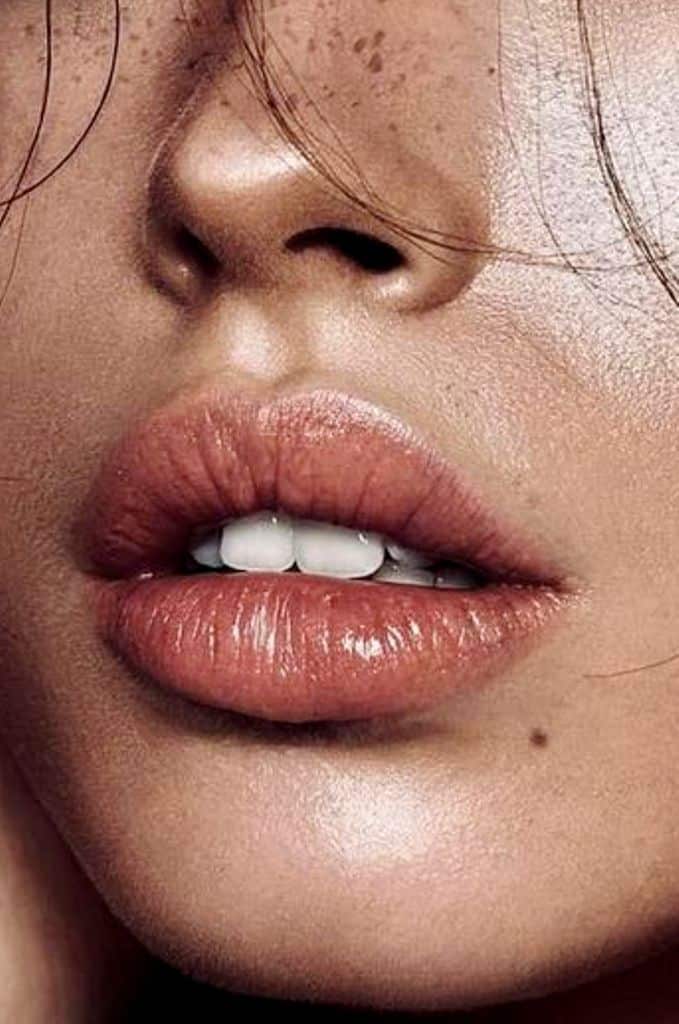
Texture makes lips look natural. Begin by adding small lines to mimic the natural ridges, but keep these lines light and varied in length. Avoid making the texture too uniform; lips have uneven details.
To finish, add highlights where the light hits most, like the middle of the lower lip and the peaks of the upper lip. Use an eraser or leave small spots white. These highlights create a wet, soft look that is key to realism. A few well-placed bright spots bring the drawing to life.
Common Mistakes and Tips for Improvement
Drawing realistic lips can be tricky. Knowing what to avoid and how to fix common errors helps a lot. Paying attention to depth, proportions, and ongoing practice improves the final result.
Overcoming Flatness
One mistake beginners make is drawing lips too flat. Lips have curves and volume that catch light and shadow. Without shading and highlights, lips look lifeless.
To fix this, start with light sketching to mark the lip shape. Then add gentle shading along the edges where lips curl and under the lower lip. Use soft strokes to blend shadows smoothly.
Remember texture matters. Adding subtle lines following the natural lip curves helps create dimension. Avoid dark outlines; they make lips appear cartoonish rather than real.
Achieving Natural Proportions

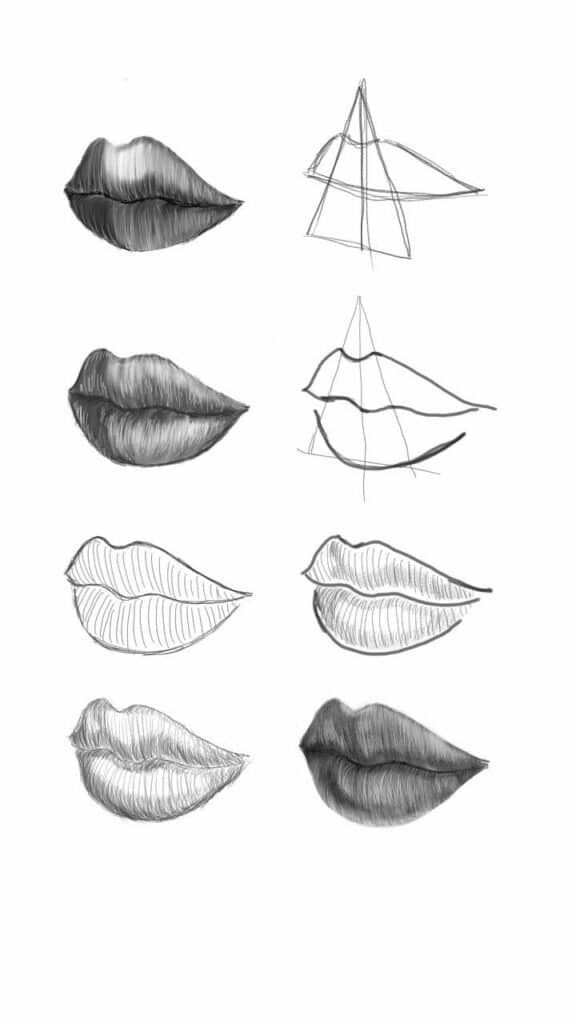
Lips come in many shapes, but some rules apply to keep them realistic. The upper lip is usually thinner than the lower lip, and the corners should curve slightly down or up depending on expression.
It’s important to measure space between the nose, the philtrum (the groove above the lip), and the chin before placing lips. Too wide or narrow lips throw off the balance of the face.
Using reference photos and comparing your drawing to real lips can guide size and shape. Taking time to double-check proportions avoids common mistakes like making lips too small or overly full.
Refining Your Drawing Practice

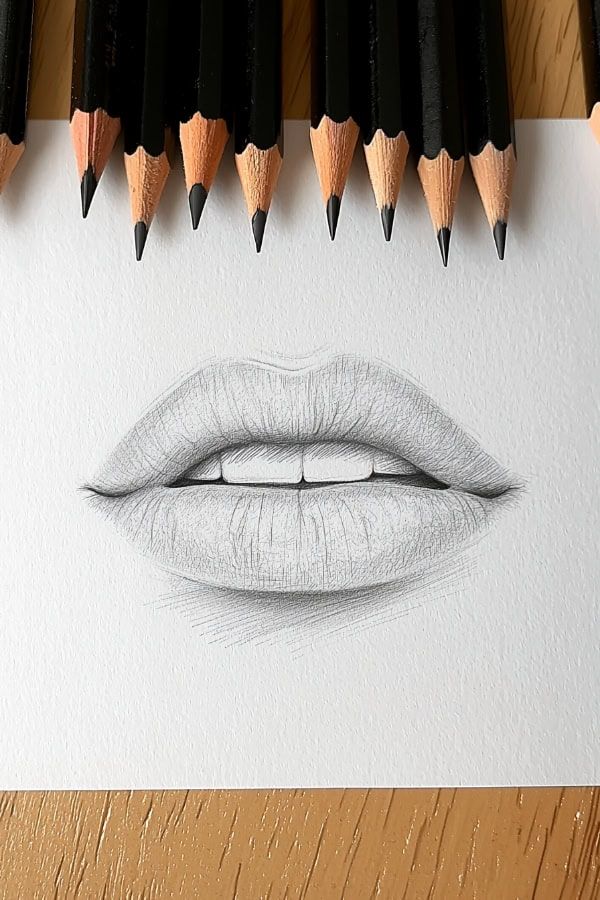
Practice is key to improving lip drawings, but the approach matters. Drawing lips from different angles helps understand their 3D form better.
Using basic drawing tools like pencils and blending stumps for shading can make a big difference. Practicing quick sketches first, then adding more detail over time works well.
It also helps to study lip anatomy and observe subtle differences, such as asymmetry or texture changes. Correcting small errors as you draw will train the eye to notice natural-looking lips early on.
- 2.0Kshares
- Facebook0
- Pinterest2.0K
- Twitter0
